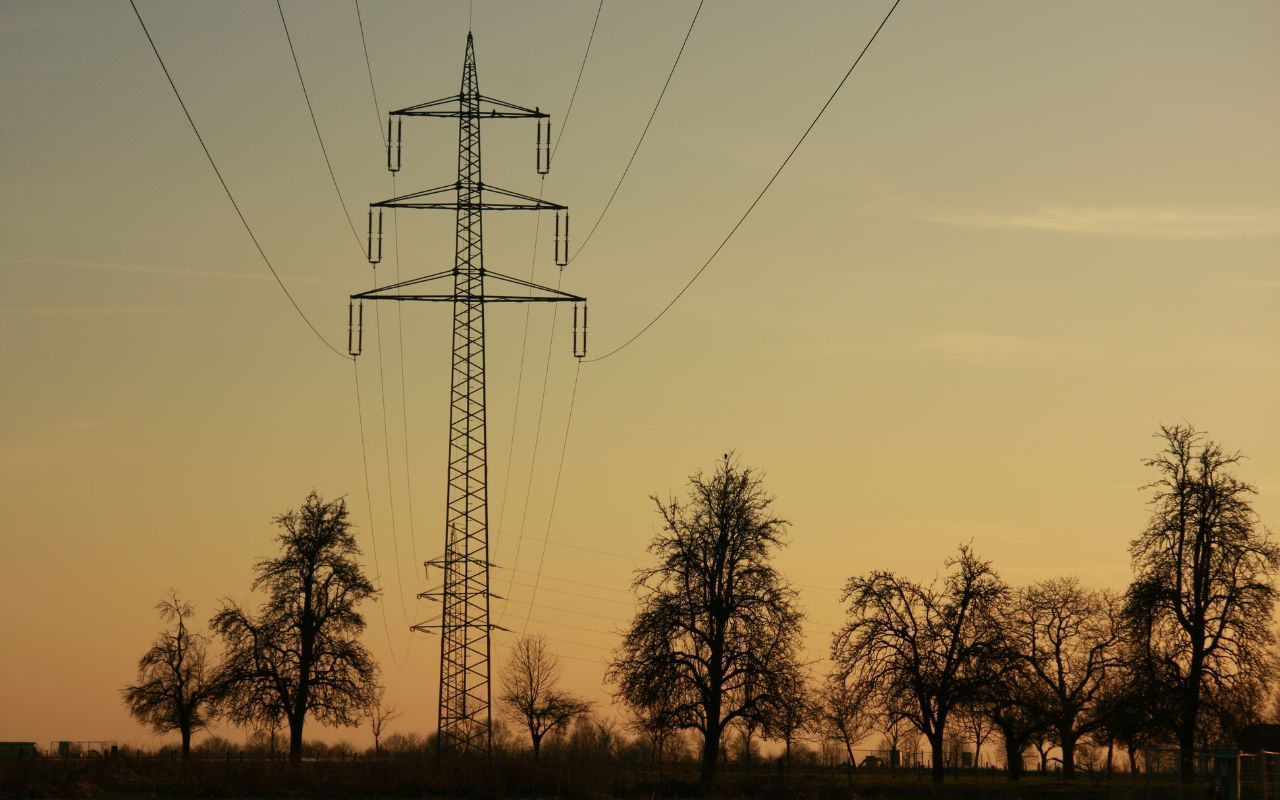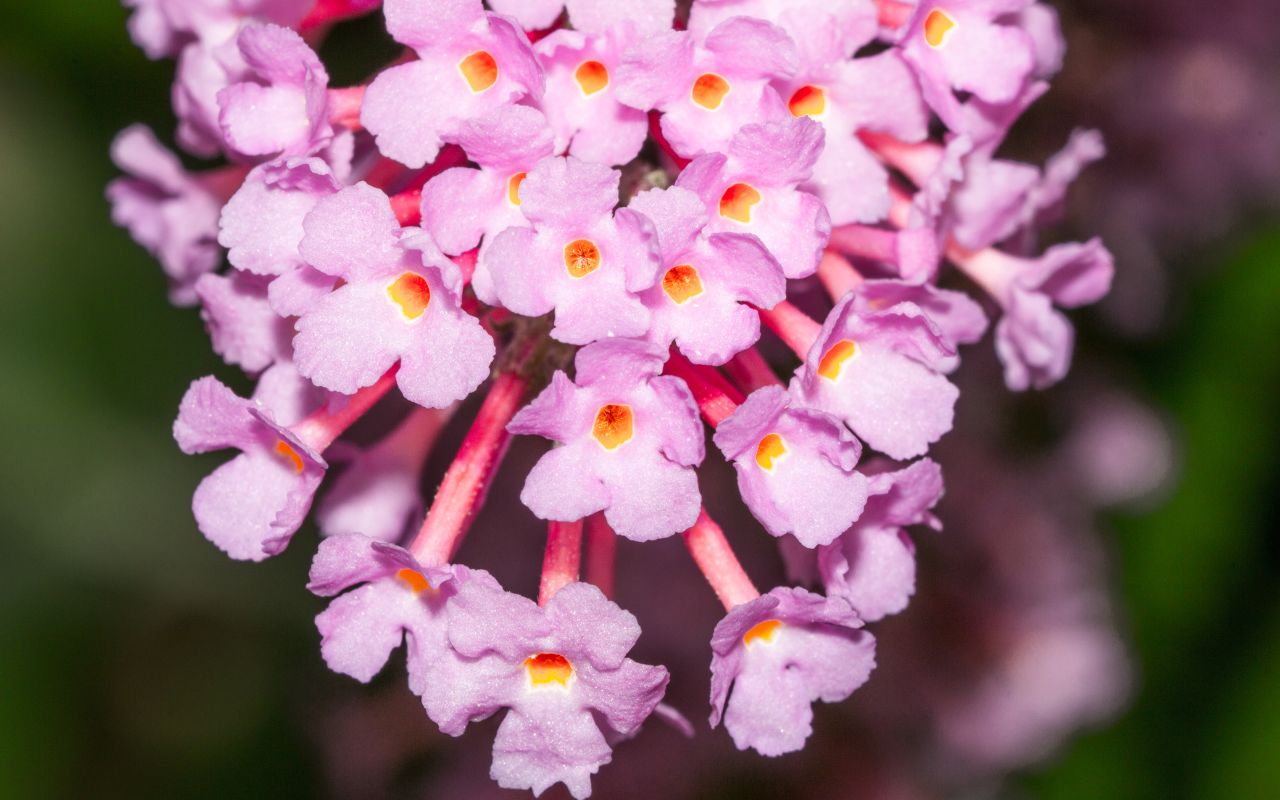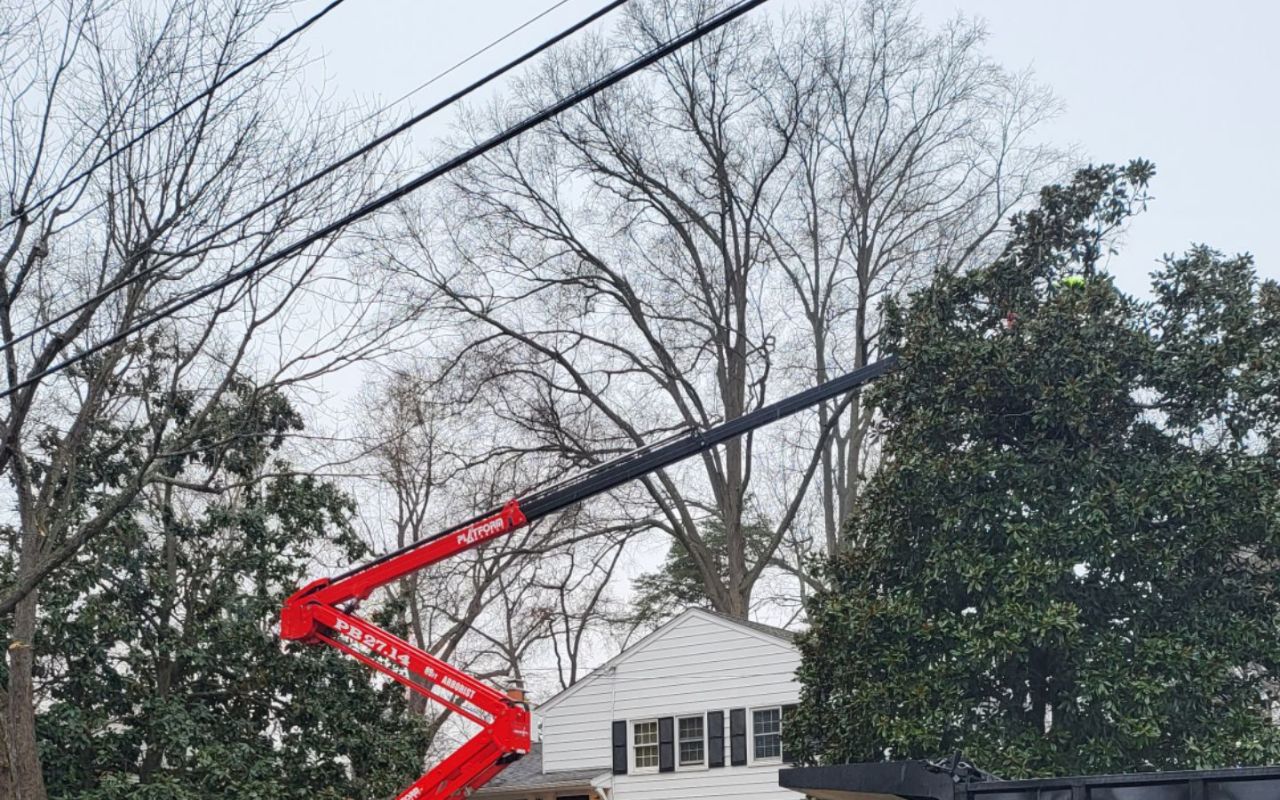In an urban environment, the trees that can be planted and that will survive for a long time are limited. One of those limiting factors is the abundance of utility lines. If a tree grows too tall near any type of utility line, it needs to be harshly pruned or even removed.
To prevent extreme pruning or removal, there are trees that can be planted near utility lines that don’t grow tall enough to become a problem, even when fully grown. These trees are considered “utility-friendly.”
In this article, we will cover several utility-friendly trees that you may want to consider planting on your Northern Virginia property. Keep reading to find out which trees we recommend.

How can a tree be utility-friendly?
While no trees should be planted directly under utility lines, if possible, you can plant trees nearby. Here are some factors to consider when planting any tree near any overhead utility lines.
Don’t Plant A Tree Directly Beneath A Power Line
That may seem obvious, but many people do it anyway. If you’ve ever seen a tree pruned to grow around electrical wires, you’ll know that the outcome isn’t a happy one. Plus, there’s the risk of power outages when the tree or its branches contact the lines.
According to Dominion Virginia Power, which provides electricity to most of northern Virginia, you shouldn’t plant trees of any kind within 15 feet of electric utility wires. Instead, plant low-growing shrubs. Below are some of the varieties recommended for northern Virginia.
Recommended Shrubs to Plant Under Power Lines
- Abelia grandiflora – Glossy abelia
- Berberis juliannae – Wintergreen barberry
- Berberis thunbergi – Japanese barberry
- Buddeia Davidii – Butterfly bush
- Chaenomeles speciosa – Flowering quince
- Cornus sericea – Redtwig osier dogwood
- Euonymous alatus ‘compacta’ – Dwarf winged euonymous
- Forsythia x intermedia – Forsythia
- Ilex crenata – Japanese holly
- Ilex glabra – Inkberry holly
- Juniperus chinensis ‘pfitzeriana’ – Pfitzer juniper
- Mahonia bealei -Leatherleaf mahonia
- Nandina domestica – Nandina
- Pinus mugo var. mugo – Dwarf mugo pine
- Viburnum x burkwoodii compat
- Spiraea prunifolia – Bridalwreath spirea
- Spiraea x vanhouttei -Vanhoutte spirea
- Viburnum x burkwoodii – Burkwood viburnum
- Viburnum carlesi – Korean spicebush
- Wiegela – Old fashioned weigela
Dominion Energy has a more complete list of shrubs recommended for planting beneath electrical utility lines.
Know the Mature Height (and Spread) of the Trees
When observing the area in which you plan to plant a tree, look around for any overhead wires. Trees should be planted at least 15 feet from any visible wires. Even there, trees should be no more than 20 feet tall at maturity.
According to the Virginia Cooperative Extension, trees that fit into that category include:
- Amur maple (Acer ginnala)
- Globe Norway maple (Acer platanoides ‘Globosum’)
- Serviceberries (Amelanchier arborea or canadensis)
- Chinese fringetree (Chionanthus retusus)
- White fringetree (Chioanthus virginicus)
- Pagoda dogwood (Cornus alternifolia)
- Cornelian cherry (Cornus mas ‘Spring Glow’)
- Leprechaun ash (Fraxinus pennsylvanica ‘Johnson’)
- Saucer magnolia (Magnolia x soulangiana)
- Star magnolia (Magnolia stellata)
- Flowering crabapple (Malus spp.)
- Cherry plum (Prunus cerasifera ‘Thundercloud’)
- Siebold viburnum (Viburnum sieboldii)
Trees planted more than 15 feet from a utility line or building should not have a mature planting size that exceeds 40 feet (many medium-height trees are also quite wide).
Finally, 35 feet from buildings or 65 feet from utility lines is considered the “tall height zone.” This is the minimum distance needed for tall trees to have enough room to grow tall, but that will also include enough room for their expansive underground root systems. These tall trees have a mature height of up to 60 feet tall.

Butterfly bush is one of the shrubs recommended to plant under or near utility lines.
Choose Trees that Require Less Maintenance
Some trees have brittle branches and need to be pruned more regularly. Others produce a lot of “litter,” which refers to seeds, leaves, fruit, cones, twigs, or flowers that drop around the tree and need to be cleaned up.
Many trees suffer from pest or disease issues, so choosing a tree that is less likely to need preventative care or treatment is preferable.
We also recommend choosing a tree with a slow or moderate growth rate rather than a fast-growing tree. Trees that grow quickly tend to have weaker wood and are more easily injured by winds, storms, snow, or other conditions.
Pick Urban-Tolerant Trees
Some trees are very picky about where they are planted. Some don’t do well in polluted air. Others need a specific type of soil to grow well. Look for a tree that will thrive despite urban conditions such as nearby sidewalks, polluted air, or compacted soil.
Learn more about how to choose the best tree to plant in your NOVA yard >>

White fringetree is one of the smaller trees that are appropriate to plant near utility lines in Virginia.
Plant a Variety of Trees
If you plan to plant several trees near utility lines, it is better to choose a variety of tree types rather than one single type.
The reason for this is that if one tree becomes infected with a pest or disease, the other trees of the same type are more likely to also become infected.
Choosing a variety of trees means that it is less likely that all of them will become negatively impacted at once. Plant and tree diversity also benefits local wildlife, including pollinators and birds.
Still need help choosing a tree? Check out the Virginia Urban Street Tree Selector.
Contact Green Vista Tree Care to Prune or Remove Trees Near Power Lines
If your tree branches are near power lines of any kind, your best option is to hire an insured tree care professional with the experience, expertise, and equipment to safely take down or prune trees in wires. Require proof of liability insurance. And, if the work is due to storm damage, check to see if the cost of the work is covered by your insurance company.
Get helpful tips, local news, inspiring stories, and more delivered right to your inbox every month. Don't miss another issue - join today!







